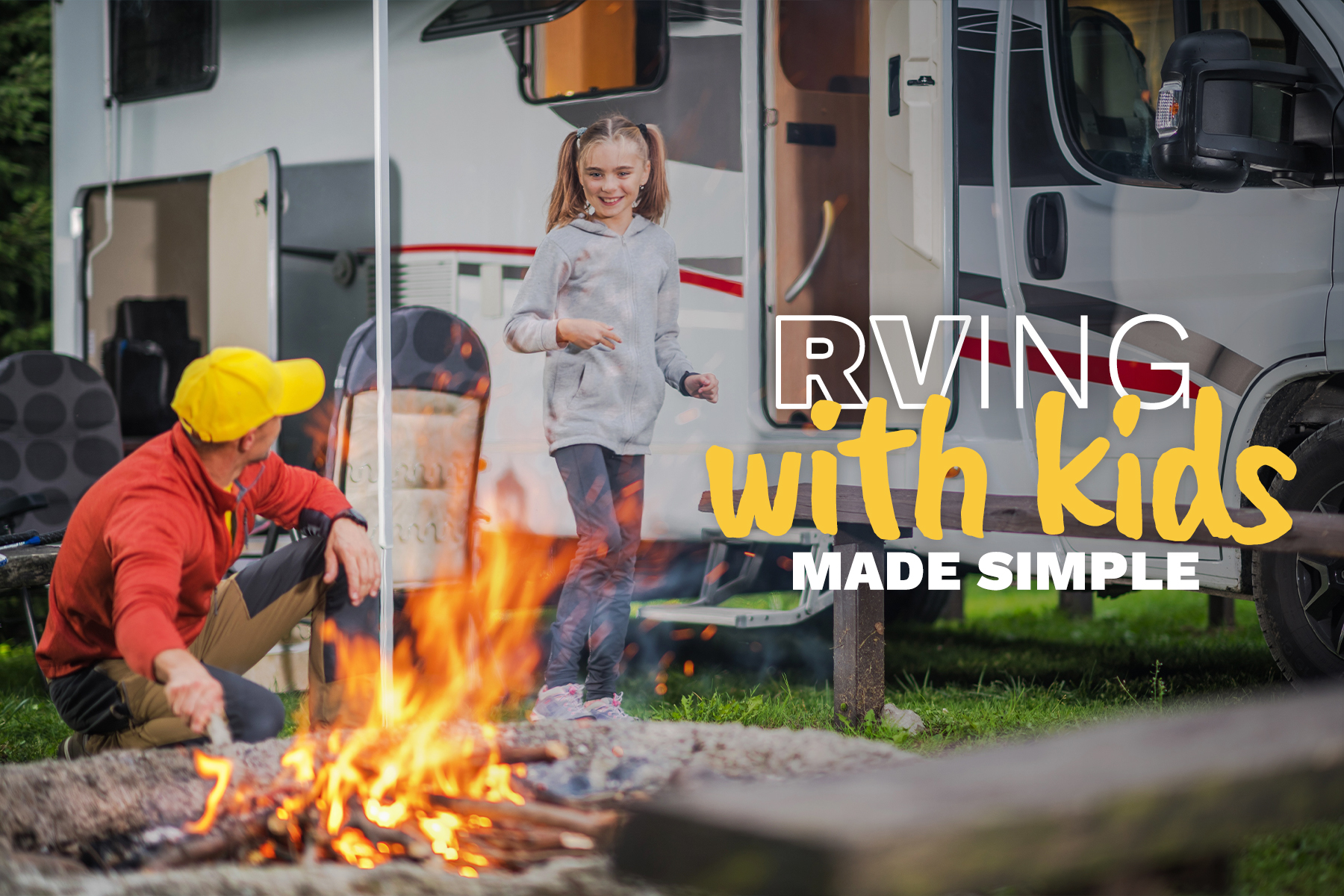For many, their trailer or motorhome is their home away from home. It is important to take the proper steps toward protecting your investment by purchasing RV insurance. There are several benefits to having an RV insurance policy including protection, roadside assistance and more. We know insurance can be a daunting and difficult topic – we are here to make it simple for you!
What is RV Insurance?
RV Insurance protects you in the event that you are responsible for any damages or injuries and covers any associated costs with the damages to your own RV if an incident occurs. There are a few different coverages contingent on how your recreational vehicle is used, such as if your camper is your full-time residence or if you use it recreationally. Specific RV coverage also varies depending on what type of RV you have, motorized or towable.If you own a motorized recreational vehicle, coverage can be required. Whereas a towable may not require special RV insurance, depending on which state you live in. No matter what type of RV you own, it is always a good idea to be insured in the case of an unexpected accident.
What are the benefits of having RV insurance?
When deciding to purchase an RV insurance policy, all of the associated benefits and perks can be confusing. Depending on your particular insurance company, you might have the option to choose additional coverage options such as: total loss replacement coverage, vacation liability, towing and roadside coverage, uninsured and underinsured motorists coverage, and more. Three main benefits that come with having a specialized RV insurance plan include: asset protection, liability protection and roadside assistance.
Asset Protection
Recreational vehicles aren’t cheap no matter what type you purchase, and unfortunately, accidents happen. Natural threats like hail, fire and storms can compromise your investment and cause substantial damage. Having RV insurance can help cover the physical damage caused and save you additional out-of-pocket expenses. You will also find that some insurance policies have the option to add coverage for your personal belongings kept in your RV. Those who use their RV as a second home will find it essential to select a policy that covers personal belongings such as electronics, household items, clothes, and more.
Liability Protection
Just like when you are driving your car, you can sometimes be found at fault for an accident while out on the road or at a campsite. When you park your recreational vehicle at the campsite, you might be held liable in the event that someone is hurt around or in your camper. In the event of an accident, bodily injury or property damage, you will want to be covered by an insurance policy. Your RV insurance liability protection can come to the rescue when you are facing any accident-related costs.
Roadside Assistance
Roadside assistance is one of the best benefits available with many RV insurance policies. Often RVers find themselves in a situation where their trailer or motorhome needs to be towed. Be sure to talk to your insurance company to find out if roadside assistance is included in your RV insurance policy. If roadside assistance isn’t included with your insurance policy, we encourage you to check out our RV Club which provides RVers with additional benefits and perks while out on the road exploring.
How much RV insurance do I need?
Your RV insurance agency will help you find the policy that best fights your personal needs and any other unique requirements that may be in place. Often the amount of coverage that you need depends on a variety of factors including:
- The requirements of the state you currently reside in
- The type of recreational vehicle that you own
- Whether you are using your RV full-time or part-time
If you have decided to finance your motorhome, fifth wheel, travel trailer, toy hauler, or destination trailer, your loan lender will most likely require you to have RV insurance coverage for physical damages. It is common that your lender will require certain deductibles and will want to be listed on the policy as a lien holder.
Where can I purchase RV insurance?
RVsurance can help you get a specialized recreational vehicle insurance quote quickly and easily. Their insurance agents will help find the perfect policy from one of their partner carriers that will protect your travel trailer, fifth wheel, toy hauler, tent camper, or Class A, B, or C Motorhome. Regardless of how you and your family like to travel, RVsurance is here to help provide you with the best RV insurance policies available. Get your specialized quote online today!
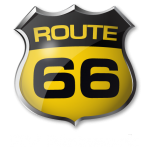
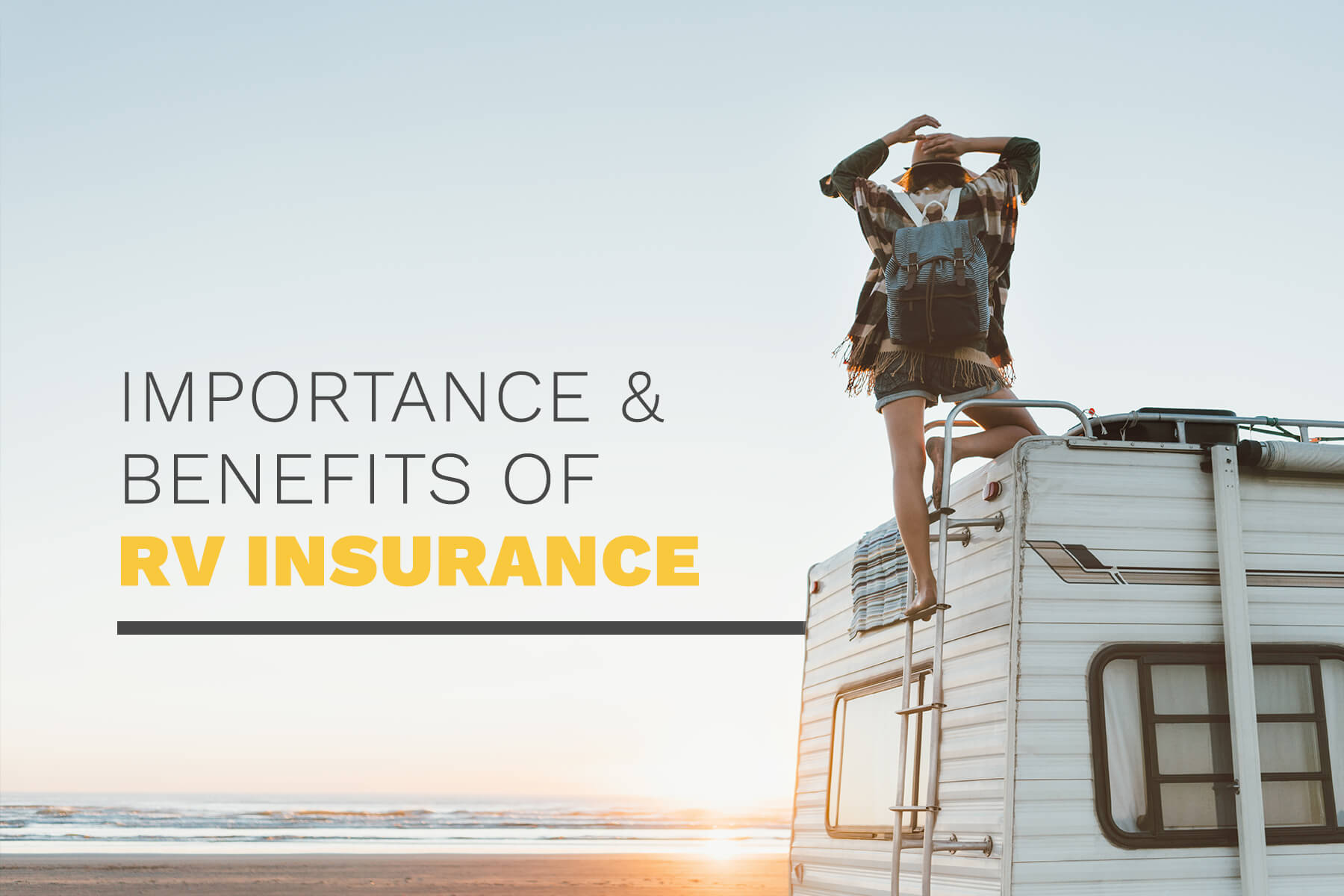
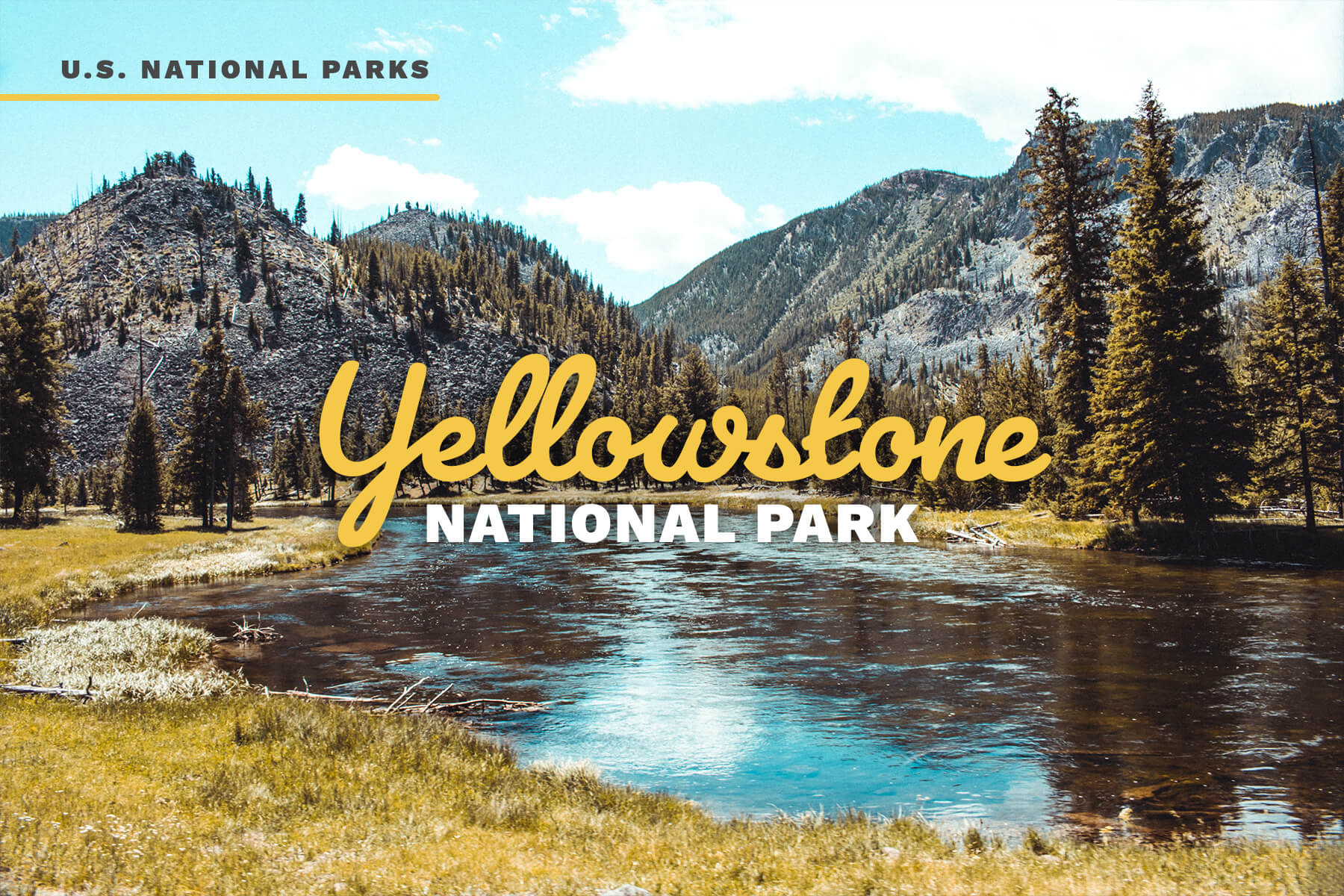
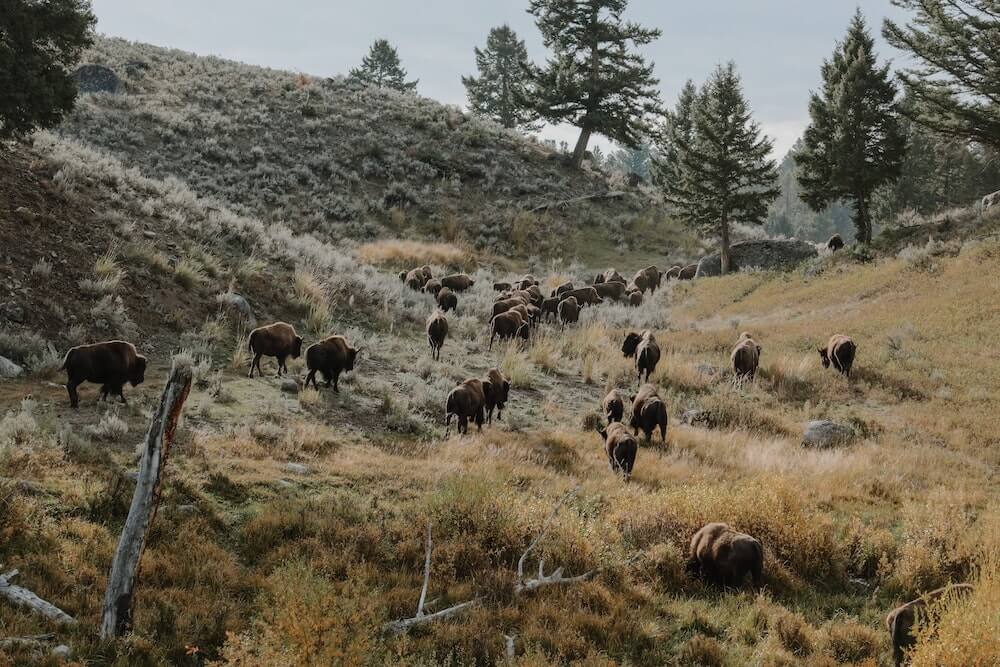
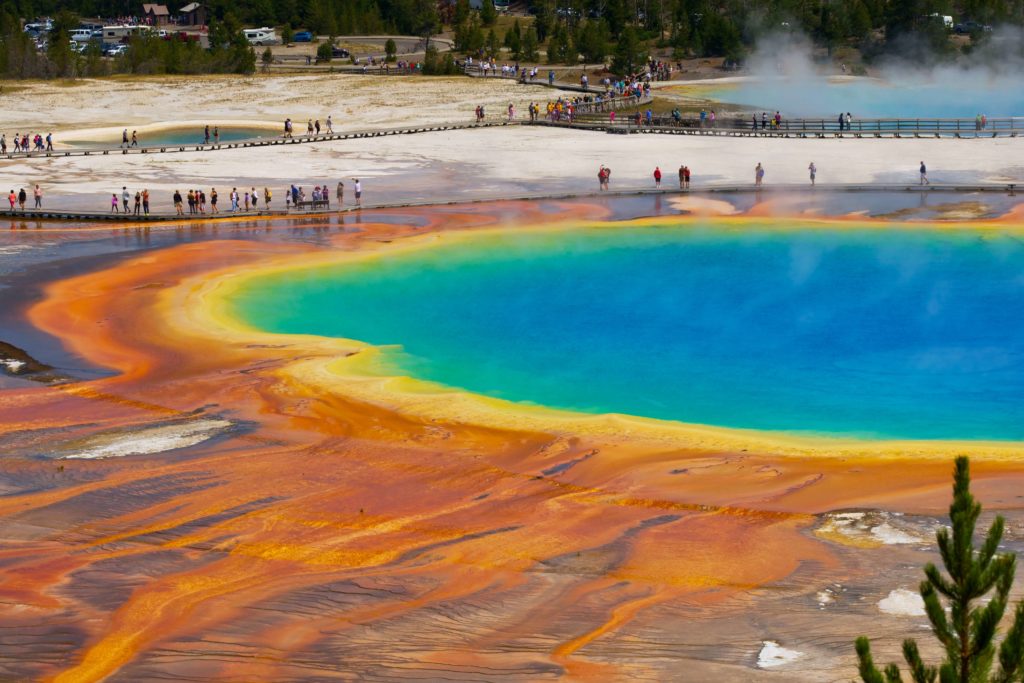
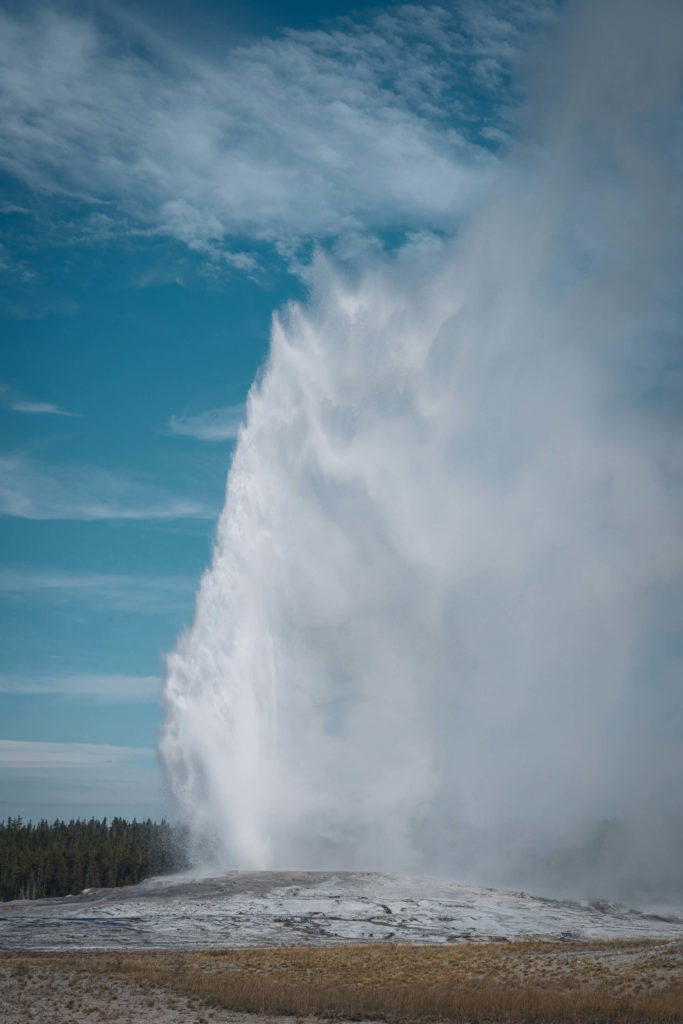
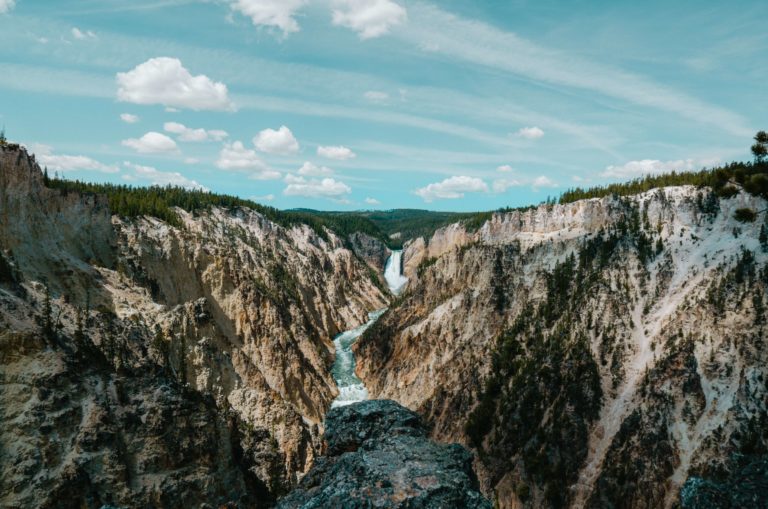
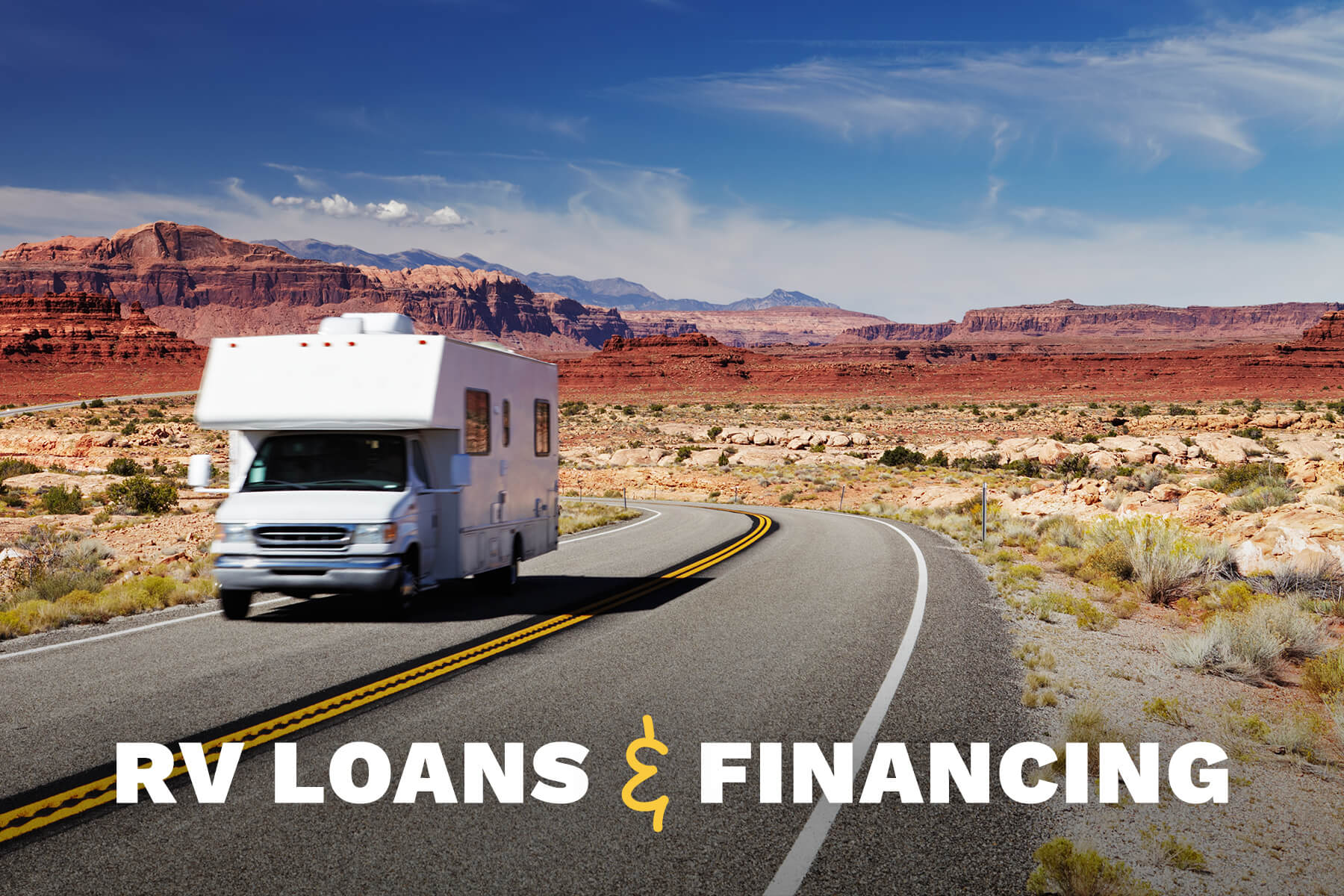
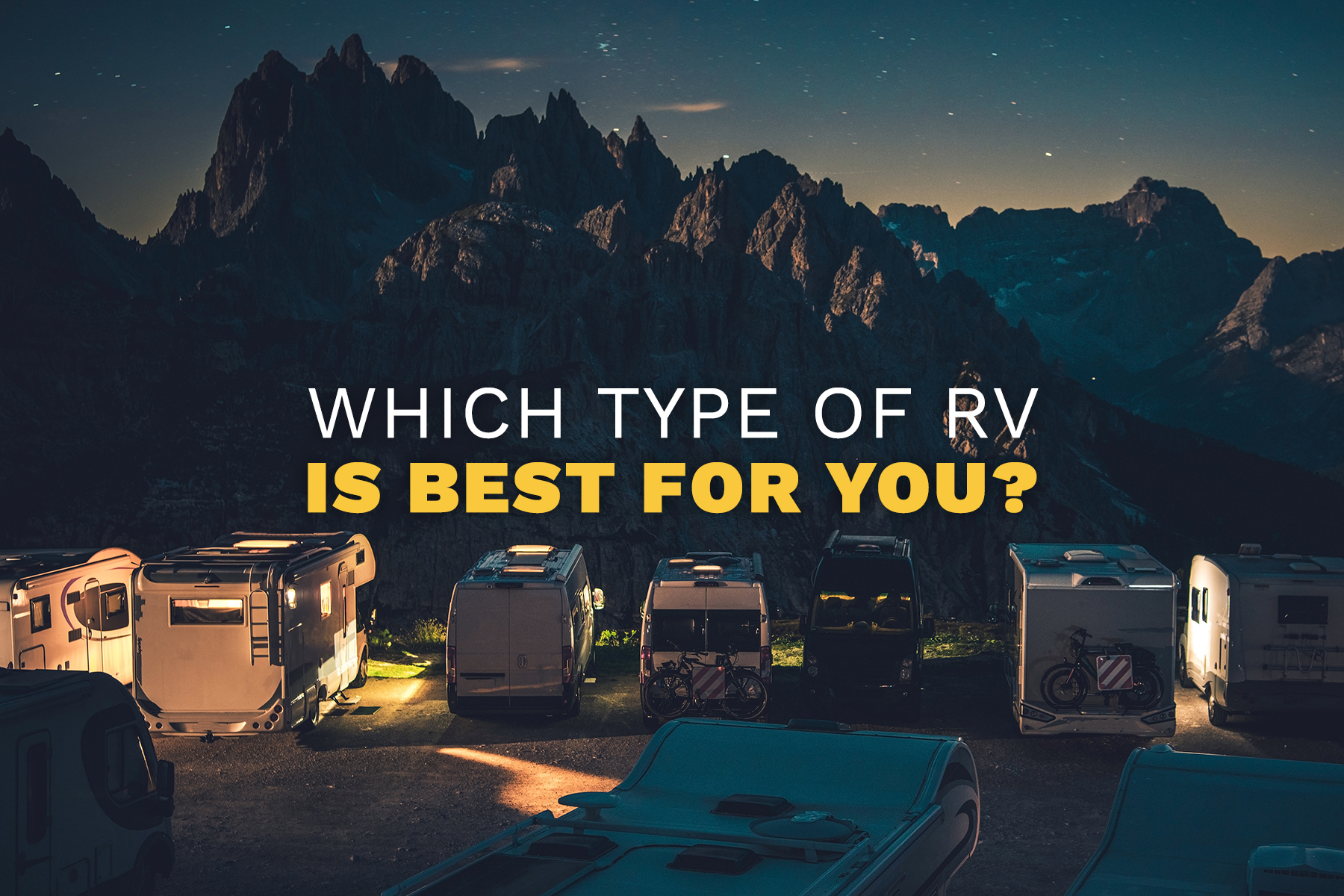
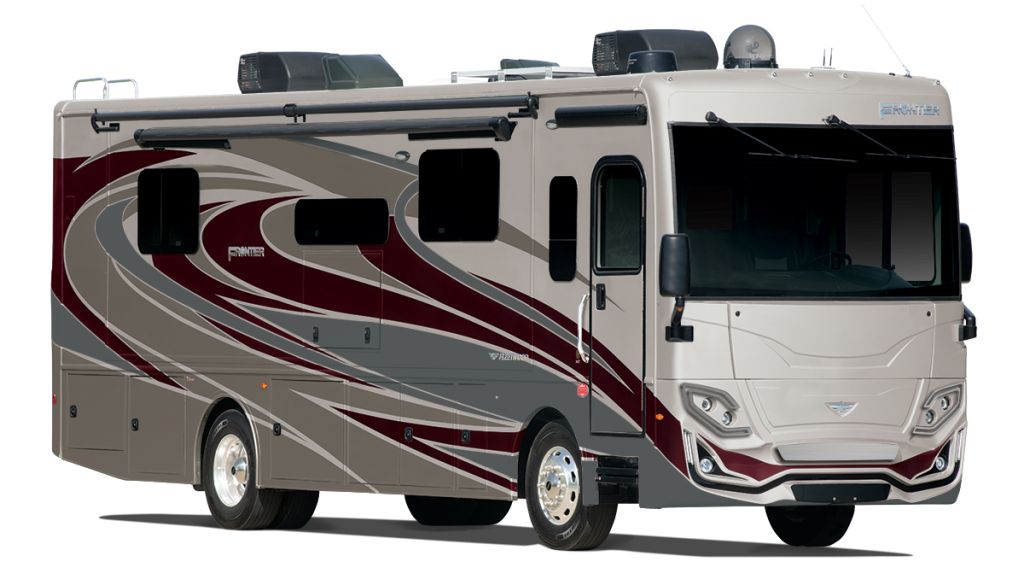
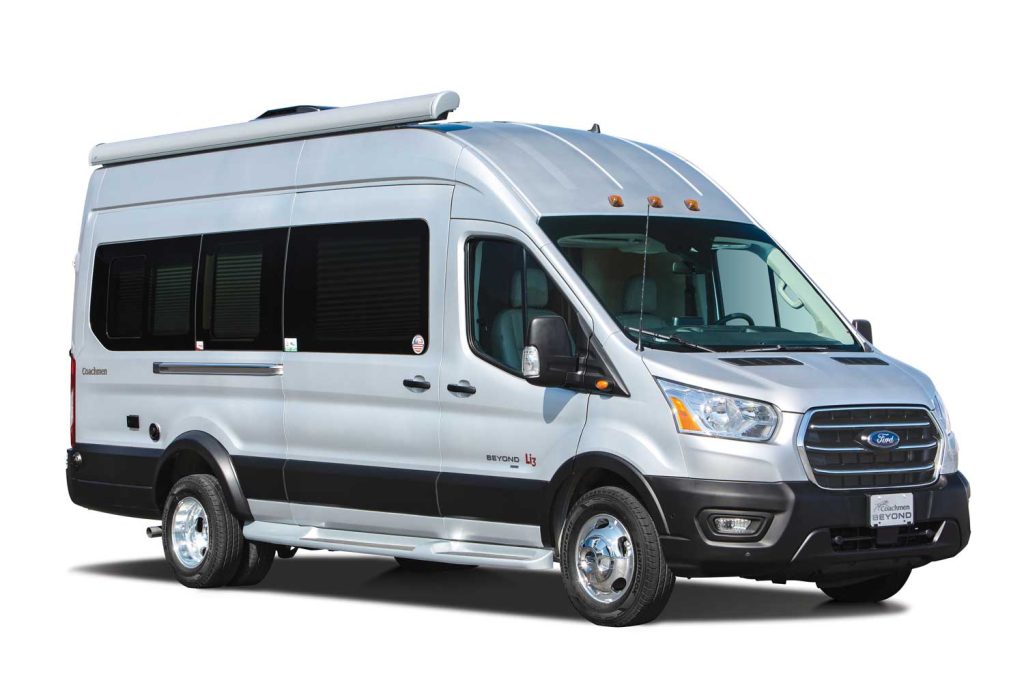
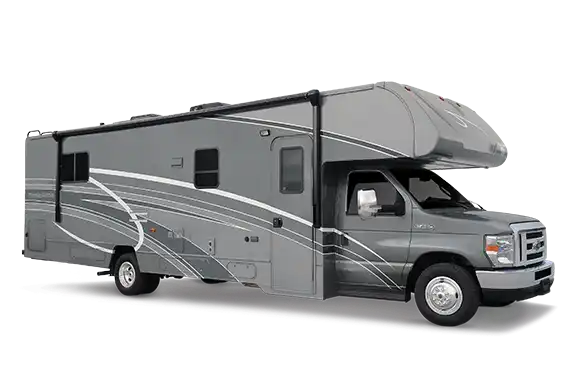
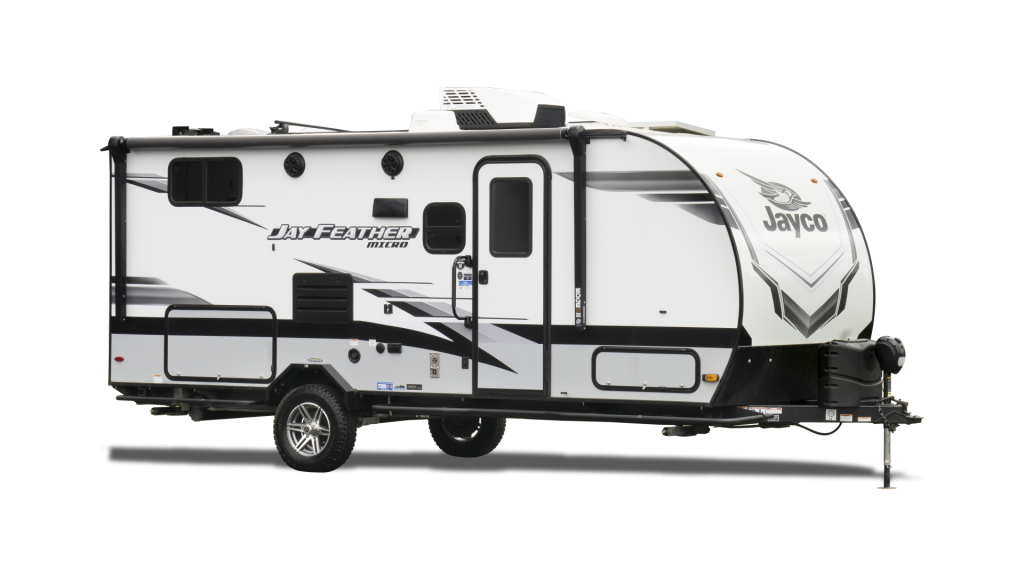
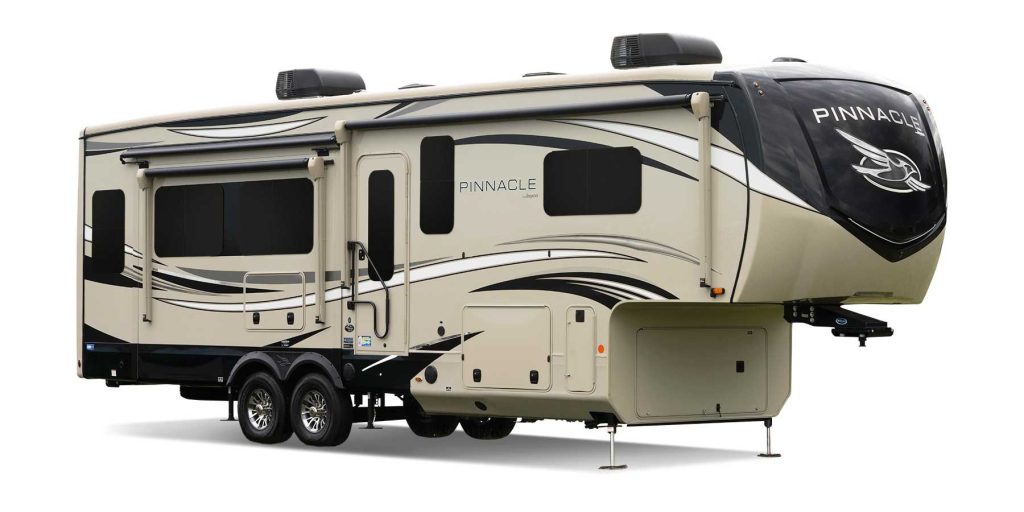
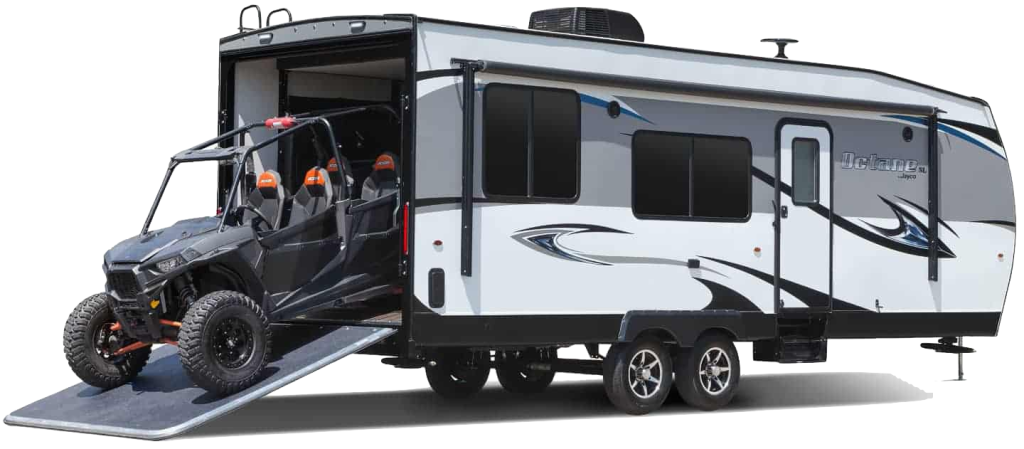
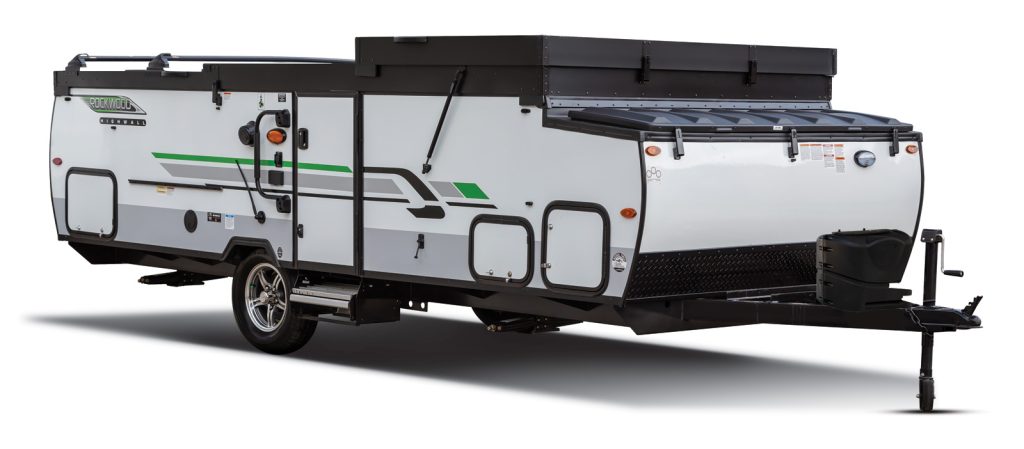
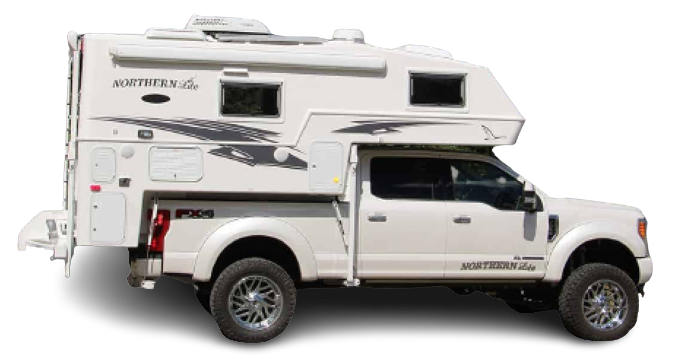
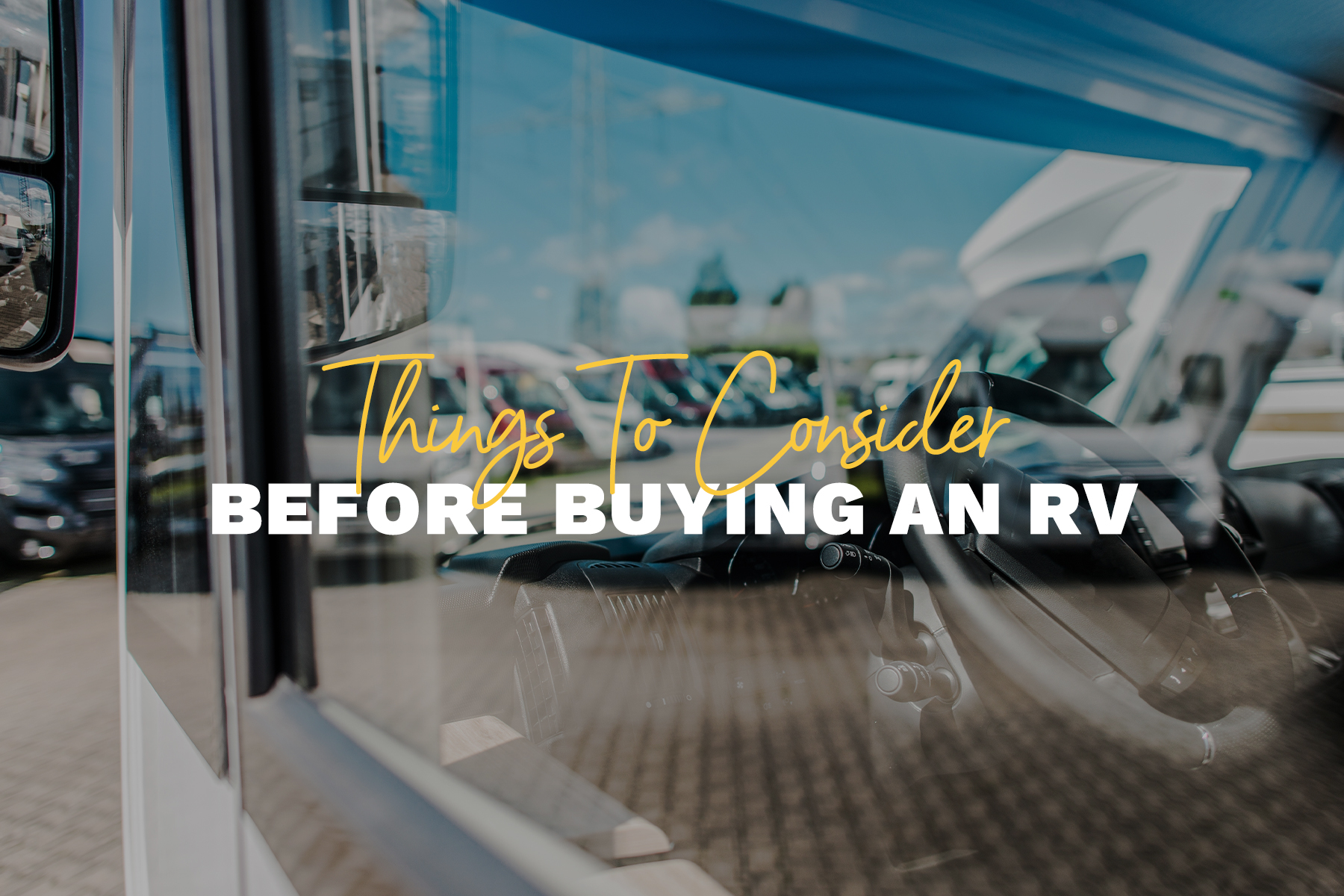
 After identifying the RV type that is right for you, you will also want to consider if you are buying a new or used unit. The condition of the recreational vehicle you purchase could be heavily dependent on your price range as pre-owned inventory typically comes at a lower price tag. However, a new RV will have the most up-to-date features available on the market today and no mileage or previous service history to worry about.
After identifying the RV type that is right for you, you will also want to consider if you are buying a new or used unit. The condition of the recreational vehicle you purchase could be heavily dependent on your price range as pre-owned inventory typically comes at a lower price tag. However, a new RV will have the most up-to-date features available on the market today and no mileage or previous service history to worry about. 
